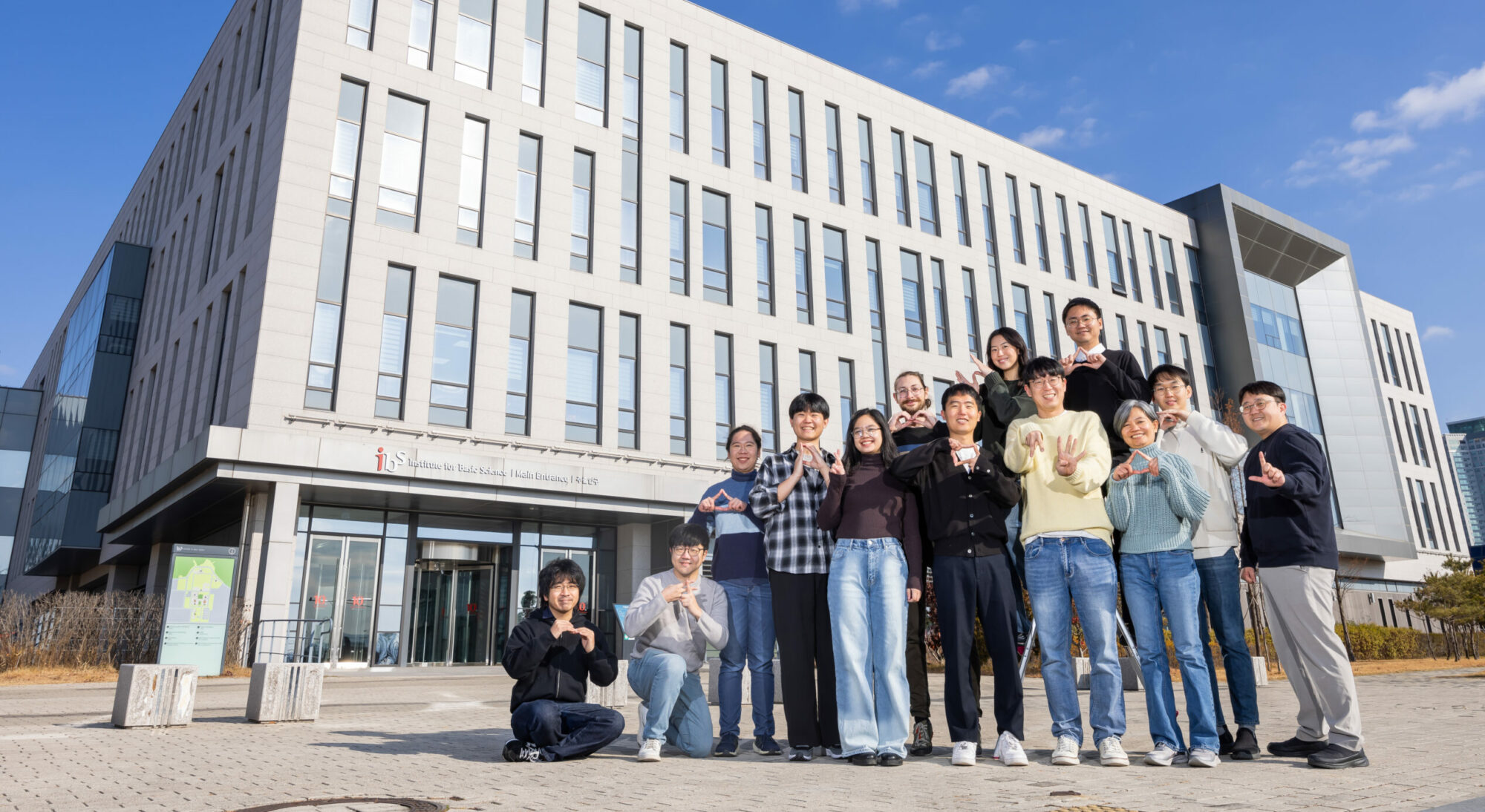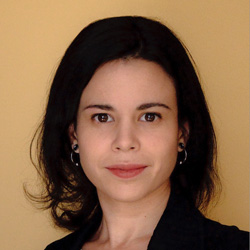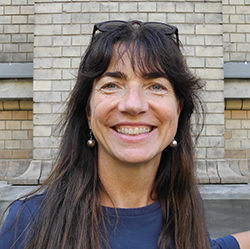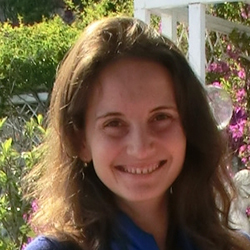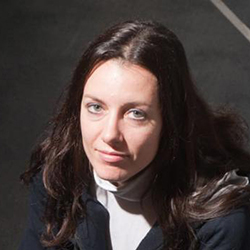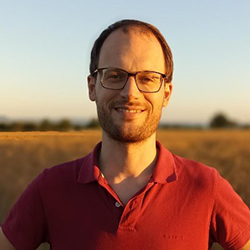
Mathematical modelling of the sleep-wake cycle: light, clocks and social rhythms
ZOOM ID: 997 8258 4700 (Biomedical Mathematics Online Colloquium) (pw: 1234)Abstract: We’re all familiar with sleep, but how can we mathematically model it? And what determines how long and when we sleep? In this talk I’ll introduce the nonsmooth coupled oscillator systems that form the basis of current models of sleep-wake regulation and discuss their dynamical behaviour. I will describe how we are using models …
